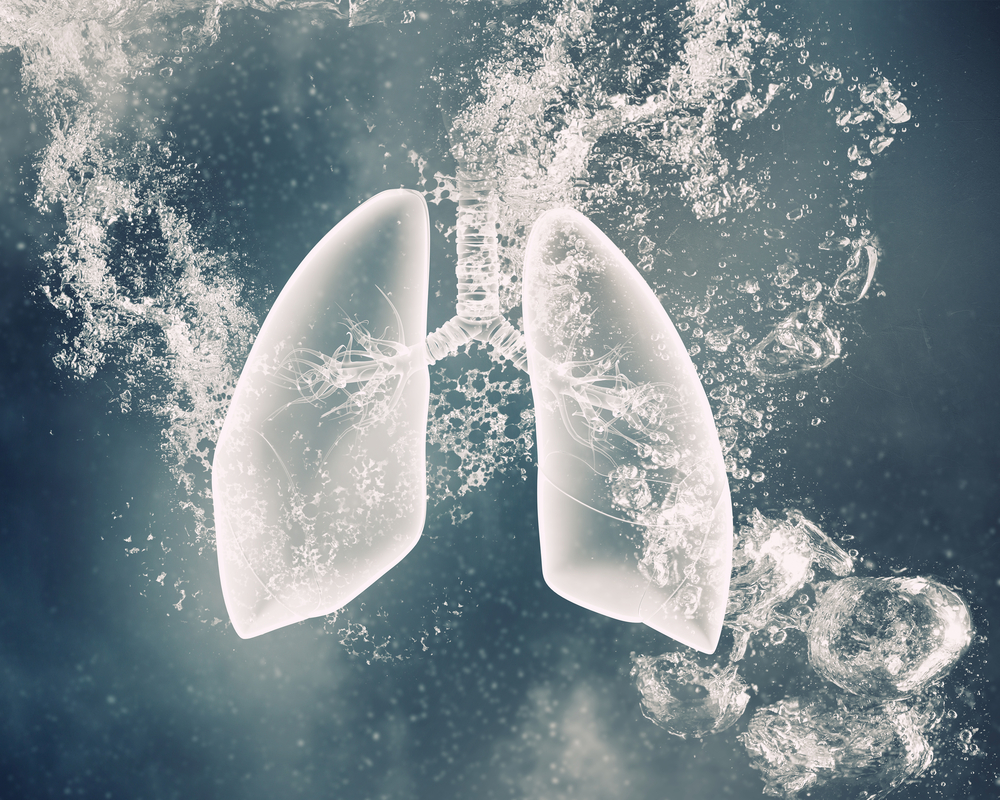Diabetes Raises Risk of Lung Scarring Due to Ozone Pollution, Study Suggests

People with prediabetes or diabetes who live in smog-filled cities may be more prone to pulmonary fibrosis as a result of exposure to ozone, a study in mice indicates.
The study, “Repetitive Ozone Exposures and Evaluation of Pulmonary Inflammation and Remodeling in Diabetic Mouse Strains,” was published in the journal Environmental Health Perspectives.
Ozone is a molecule made of three oxygen atoms, commonly produced by the burning of fossil fuels and, as such, a main component of smog. Epidemiological studies have indicated that exposure to ozone can worsen a number of lung diseases, including asthma and cystic fibrosis — and animal models suggest that ozone can promote pulmonary fibrosis (scarring of lung tissue).
A separate body of research has shown an association between air pollution and diabetes, and suggested that ozone can affect metabolic processes related to this disease. Diabetes, which is characterized by abnormal glucose metabolism due to insufficient levels or effects of insulin, may also increase the risk of lung diseases.
“To the best of our knowledge, the mechanistic intersection of diabetes, air pollutant exposure, and pulmonary inflammation and remodeling has not been systematically studied,” the researchers wrote.
“The goal of our study was to test the hypothesis that abnormal glucose metabolism can exacerbate [ozone]-induced pulmonary inflammation and remodeling,” they added.
Scientists studied three strains of mice: two were diabetes-prone and had high levels of glucose — a strain with mild insulin resistance and another with marked insulin resistance — and a control (healthy) strain with normal glucose levels.
Mice of each strain were repeatedly exposed to ozone; others from each strain were exposed to filtered air instead. In all strains, exposure to ozone led to an increase in inflammatory cells and molecules in the lungs — inflammation and scarring are closely connected biological processes.
Notably, the extent of inflammation induced by ozone exposure varied with insulin resistance — that is, highly insulin-resistant mice had the most inflammation, followed by mildly insulin-resistant animals, and control mice.
Lung tissue analyses showed consistent trends in terms of lung fibrosis. For example, many fibrosis-related genes had higher activity in response to ozone exposure, and the extent of these alterations was generally highest in the markedly insulin-resistant mice. In addition, significantly higher levels of collagen — the structural molecule that is a main component of scar tissue — were found in mice with marked insulin resistance, compared with both mildly insulin-resistant and control mice.
Markedly insulin-resistant mice — but none in the other strains — also developed fibrotic lung lesions in response to ozone exposure.
Collectively, these results indicate that individuals with diabetes, or at risk of this condition as in prediabetes, may be more likely to develop lung fibrosis with repeat ozone exposure.
“These novel findings in an animal model describe a unique interaction of air pollution, metabolic status, and pulmonary inflammation and fibrosis, and the findings propose a mechanistic framework to support the emerging epidemiological associations among air pollution, diabetes, and lung disease,” the researchers concluded.
In addition to their mechanistic insights, these findings may have practical ramifications, they added.
“We only exposed these mice for three weeks, but there are millions of people living in cities like Los Angeles and New York who are exposed to high levels of ozone day after day. Then, you must consider the prevalence of prediabetes people — approximately 33% in this country,” James Wagner, PhD a professor at Michigan State University and the study’s lead author, said in a university press release.
“Our study results suggest that people who are borderline insulin resistant — or diabetic — and living in areas with high levels of ozone pollution might be at an increased risk for developing lung disease,” Wagner added.
These findings may be of particular importance throughout the COVID-19 pandemic, he continued, due to concern “regarding the convergence of health effects from air pollution and SARS-CoV-2 in susceptible populations like people with diabetes.”






